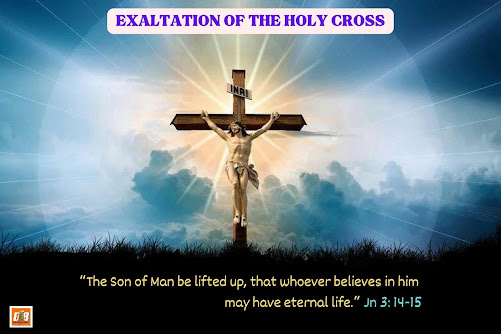SETTING AN EXAMPLE
The liturgy of the Word of today strengthens the biblical maxim: do good and shun evil. In the First Reading Moses does not forbid Eldad and Medad from prophesying. Their only fault is that they are not joining others in the tent but doing their work from the camp. Though Moses is exhorted to stop them Moses does not do it but is happy about their work. In the Gospel Jesus does not want to stop a man from casting out demons in his name. Jesus says that if the man wants to do the good let him do it. Both these leaders want the good done on their behalf to be continued. Jesus even promises a reward for any good action done in his name. On the other hand, when it is a question of causing scandal and misleading the innocent, Jesus is uncompromising. He condemns with the strongest terms scandal-mongering, for he says if the eye causes one to sin it is better to pluck it out, similarly with the hand and the feet. In the Second Reading Saint James dramatizes the futility of the rich living in luxury while withholding the wages of the poor labourers. He writes that the judgement against the unjust has already begun.
Liturgy for Twenty Sixth Sunday in Ordinary Time -
Tamil Response Hymn - https://youtu.be/hbETTS2a-AY










